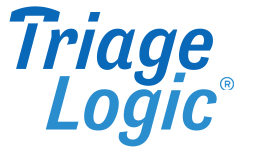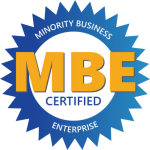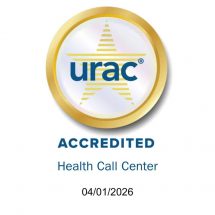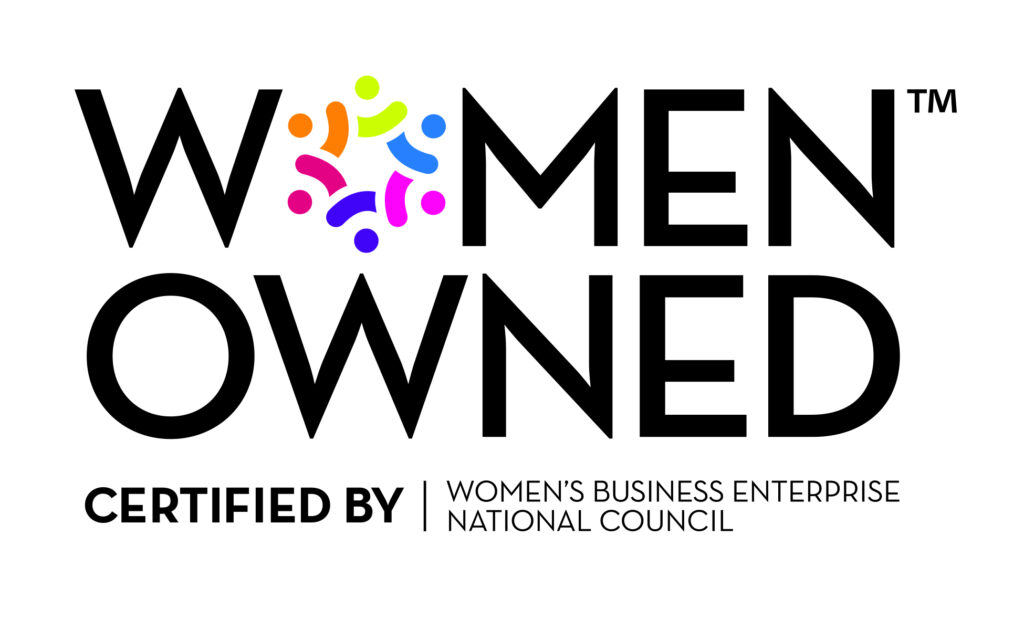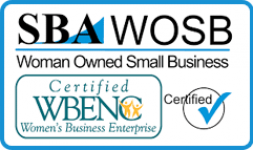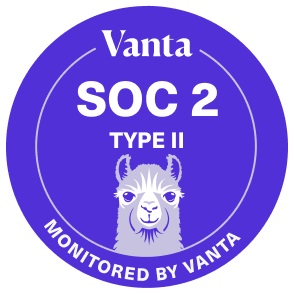Revolutionizing Care – Technology and Telehealth Nurses in Remote Patient Care

Telehealth nursing remains a critical component in the improvement of patient health outcomes and the reduction of practice revenue. The following is a high-level overview of the key roles that telehealth nurses play, not only in minimizing unnecessary emergency room visits, but also diminishing rates of morbidity and mortality. These are demonstrated through two key services:
Schmitt-Thompson Nurse Triage Protocols. By leveraging standardized protocols developed by Drs. Barton Schmitt and David Thompson, telehealth nurses are able to remotely evaluate the severity of patient symptoms and offer superior guidance on the types of care that those patients should seek. This standardized approach saves time for physicians, as well as ensures that all patient needs are addressed promptly and appropriately, regardless of their location.
Remote Patient Monitoring (RPM). The practice of remote patient monitoring has seen considerable advancements in the last few years. RPM records patient vitals in real time thanks to wearable sensors that are used at home. This service acts as an early warning system by detecting potentially harmful changes in health, allowing doctors to intervene sooner. RPM also comes with a financial incentive for healthcare providers through Medicare’s current reimbursement policies. When done effectively, an RPM program not only elevates patient care but also opens a new revenue stream, contributing to the financial health of a practice.
As a healthcare professional, we want you to have a comprehensive resource for how you can successfully integrate telehealth nursing within your own practice. The information that follows offers a thorough understanding of how these nurses and RPM can transform your patient care delivery, significantly reduce operational burdens, and generate additional revenue.
Why Trust TriageLogic? 50 Reasons

